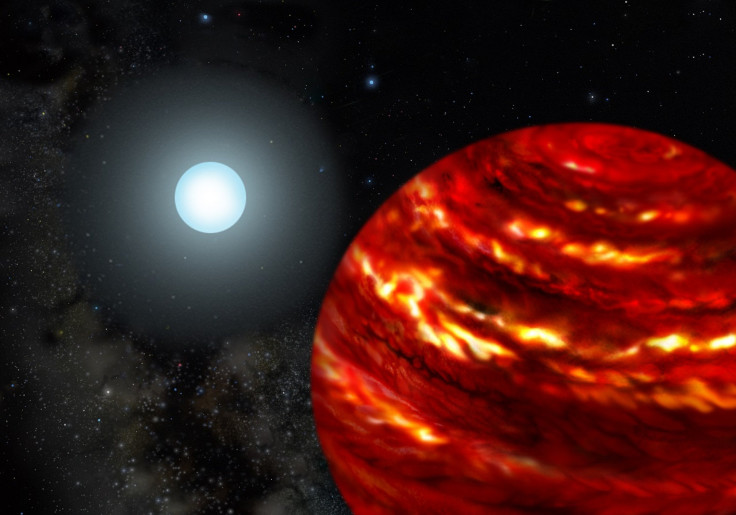Gas Giant Exoplanets Like To Stay Close To Home, ‘Cling’ To Their Parent Star

Gas giant exoplanets are rare, and astronomers have discovered they do not like to stray far from their parent star. Much like the gas giants in our solar system, Jupiter and Saturn, these large planets found in other solar systems don’t have orbits that take them far from their parent star, giving researchers new clues about gas giant planet formation as well as exoplanet formation.
Astronomers from the Gemini Observatory wrapped up their Planet-Finding Campaign, a mission to directly image exoplanets, planets outside of our solar system, and discovered there is a dearth of gas giants in the outer orbits of a parent. In fact, the astronomers did not find any gas giant in these distant orbits. As a comparison to our solar system, the researchers did not find any gas giants orbiting their parent star in a distance range similar to that of Uranus, close to 1.8 billion miles from the Sun, or Neptune, 2.8 billion miles. Earth is one astronomical unit, AU, from the sun, which is equivalent to 92.956 million miles. Jupiter and Saturn are 483.6 million miles and 870 million miles from the sun, respectively.
Understanding where different types of exoplanets, be it a gas giant or an ice giant, can be found in relation to their parent star can help astronomers study planet formation. Planet-Finding Campaign leader Michael Liu, from the University of Hawaii’s Institute for Astronomy, described gas giants as “clinging offspring” and said in a statement, “Most tend to shun orbital zones far from their parents. In our search, we could have found gas giants beyond orbital distances corresponding to Uranus and Neptune in our own solar system, but we didn’t find any.”
In 2008, the project found several gas giants orbiting a star, HR 8799, using the Gemini North telescope and W.M. Keck Observatory on Hawaii’s Mauna Kea, at a distance closer in line with the orbits of Uranus and Neptune than Saturn's or Jupiter's, leading researchers to believe that gas giants can exist farther out in orbit, notes the news release. The present Gemini research indicates that the 2008 discovery was more of an exception to the rule. “Thanks to leaps in direct imaging methods, we can now learn how far away planets can typically reside. The answer is that they usually avoid significant areas of real estate around their host stars. The early findings, like HR 8799, probably skewed our perceptions,” said Liu.
Other studies using data collected from the Planet-Finding Campaign have helped astronomers answer questions about young stars and mysterious holes found in certain dust disks around young stars. The first study, led by Zahed Wahhaj from the European Southern Observatory, determined that easy-to-detect planets should be found in these young stars near Earth.
The second study, led by Beth Biller from the Max Planck Institute for Astronomy, explains that the holes found in dust disks, possibly caused by a planet’s gravity pulling in nearby space material, are the result of smaller planets, not a larger planet like a gas giant. Astronomers use indirect observation, such as measuring the dimming of a parent star’s brightness as a planet orbits in front of it, to discover these planets.
© Copyright IBTimes 2024. All rights reserved.






















